
|
|
|
|
|
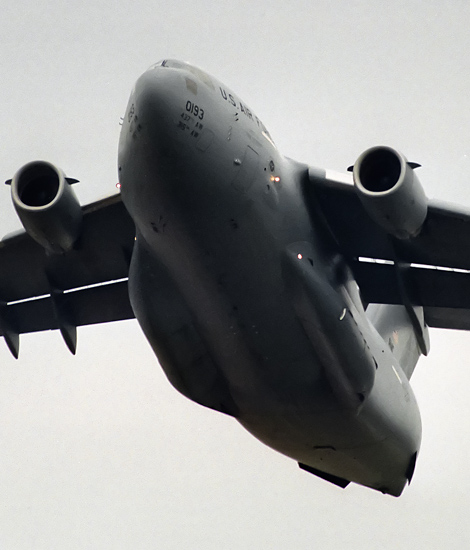
|
The Lockheed C-130 Hercules; Ramstein AB, May 1 – 5, 2004
The Workhorse of the USAF; Text and Photograph's by Alex van Noye
The C-130 Hercules is the workhorse of the United States Air Force in airlift opera- tions. The C-130 Hercules plays
an important role in Europe at the 37th Airlift Wing at Ramstein Air Base in Germany. The Hercules has been in active
duty for more than 50 years within the USAF. The C-130 stays in service for the next decades.
The Lockheed C-130 Hercules is a 4 engine turboprop which was designed and built by Lockheed for use as a military
transport aircraft. The aircraft is suitable to take off from short runways and unprepared strips. The C-130 was
originally designed for troop transport, medical evacuations and cargo transport. The performance of the Hercules
was outstanding. The aircraft is therefore also used for several other tasks within the USAF, including; scientific
research, weather reconnaissance, maritime patrol, tanker, flying artillery battery and Search And Rescue (SAR). The
Hercules is nowadays the most important tactical transport aircraft which carries soldiers all over the world. More
than 40 models and variants of the Hercules are built and the aircraft is in use in more than 60 different countries.
The C-130 has entered service within the USAF in the 50s. Australia followed soon as the second user. Most other
countries followed much later. The Hercules is used many times during humanitarian assis- tance after disasters.
The aircraft is able to provide rapid airlift capability. The Hercules family has the longest operational production
line of all military aircraft in history. The Hercules was in 2007 the fifth aircraft which served more than 50
years in the air force. Only aircraft such as the English Electric Canberra, the Boeing B-52 Stratofortress,
the Tupolev Tu-95 and the Boeing KC-135 Stratotanker have been more than 50 years in service as well. The Hercules
has an impressive state of service.
The need for a new tactical transport aircraft was developed during the Korean War in June 1950. It seemed that
the piston engine powered aircraft, such as; the Fairchild C-119 Flying Boxcar, the Douglas C-47 Skytrain and the
Curtis C-46 Commando were inadequate for modern warfare. The USAF created a General Operating Requirement (GOR)
to different builders, such as; Boeing, Douglas, Fairchild, Lockheed Martin, North American and Northrop for the
construction of a new transport aircraft. The plane had to be able to carry 92 passengers, 72 troops or 64
paratroopers. The demand was an aircraft with a cargo door on the back for rapid loading and unloading of cargo.
|
|
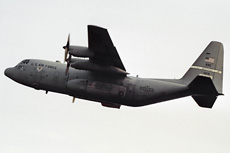
|
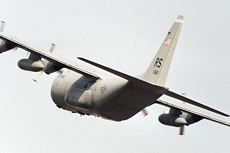
|
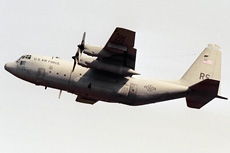
|
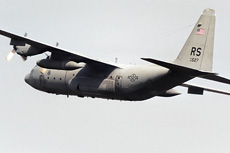
|
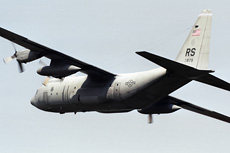
|
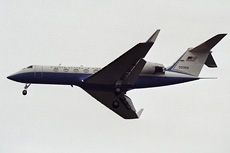
|
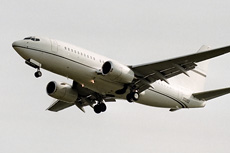
|
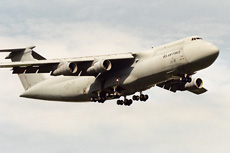
|
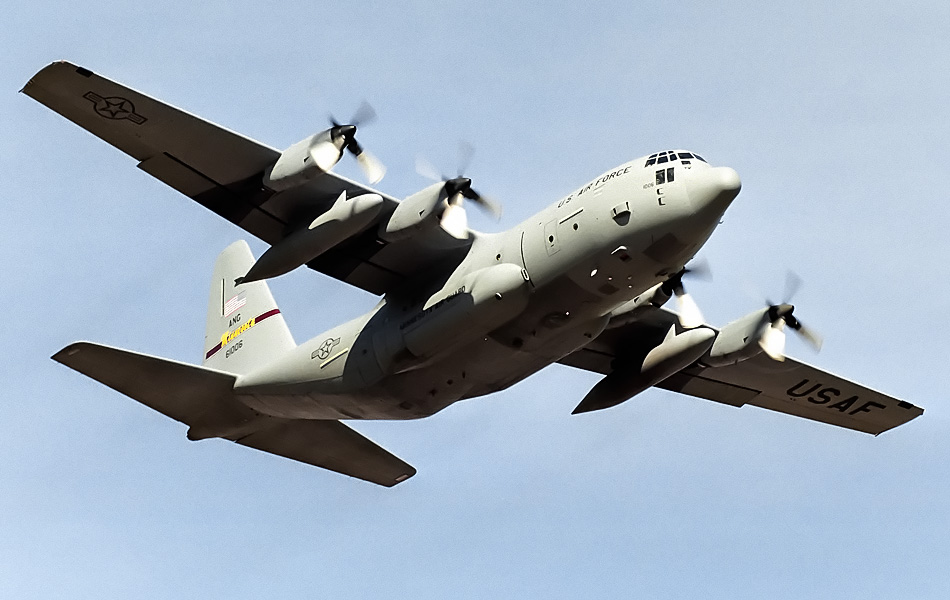
|
This innovation for military cargo aircraft was used by the Germans for the first time during World War II on the Junkers
Ju 252 and Junkers Ju 253, also known as the "Hercules" transport prototypes. Also an important feature was the introduction
of the T56 turboprop engine. The turboprop was a new invention in aviation. This new engine would give the cargo planes much
more power. These engines were much lighter than piston engines and they had a bigger capacity while they were more economical
in fuel consumption. Lockheed had planned to use the same engines on the L-188 Electra. This civil aircraft came never into
operational service due to the introduction of jet powered aircraft on the civilian market. The Electra became the P-3 Orion
and was just like the C-130 Hercules one of the most successful aircraft in the USAF. Fairchild, North American and Northrop
quit soon during the race for the contract for the transport aircraft. Only Lockheed, Boeing and Douglas were now in the race
for the contract. The light weight design from Boeing was rejected and the 4 engine designs from Lockheed and Douglas remained
in the race.
The Lockheed design was chosen after an extensive review of the USAF. The Lockheed design team was led by Willis Hawkins.
After the proposal Lockheed started the design of the Model 82 on July 2, 1951. The prototype of the YC-130 Hercules made
its first flight on August 23, 1954, at the Lockheed plant in Burbank, California. The YC-130 was flown by Stanley Beltz
and Roy Wimmer on its 61 minute flight to Edwards Air Force Base. Jack Real and Dick Stanton were the flight engineers.
Kelly Johnson himself flew behind the Hercules with a P2V Neptune. More than 2,300 Hercules aircraft rolled out of the
factory after the approval of the prototypes. The aircraft is still being built and is the most popular transport aircraft
in the world. The C-130A Hercules was soon in use at the Tactical Air Command of the UASF. Two external fuel tanks were
added to the aircraft to extend its operational range. Soon the C-130B entered the market. This aircraft was a highly
improved variant of the C-130A. This Hercules was also the first version with 4 bladed propellers and it had an even
bigger fuel capacity. The C-130E became operational in 1962. The C-130E was the most widely used variant in the USAF.
This variant of the Hercules was a long-range variant for the Military Air Transport Service of the USAF. The 37th AS,
which was still stationed in Frankfurt, was equipped with this variant of the Hercules.
The next variant of the Hercules which entered the market was the KC-130. Originally the aircraft was identified as the
C-130F; the aircraft entered service within the United States Marines in 1958. The C-130H Hercules was introduced in 1964.
The C-130H was, like the C-130E, one of the most common variants within the USAF. The C-130H had redesigned wings and was
equipped with modern avionics. The Air Force of New Zealand was the first air force which received this aircraft. A
further improved version of the C-130H was published in 1974. This Hercules was bought by the Australian Air Force. The
production of the C-130H took place until 1996. The C-130H-30 is an extended version of the C-130H. The Dutch Air Force
was the first customer which purchased this model of the Hercules. There are more specific variants built of this versatile
transport aircraft. Some examples, are; the AC-130 gunship variant, the EC-130E Electronic Warfare variant, the HC-130H
Combat Search And Rescue variant and the MC-130E variant for Special Operations. All the C-130H variants were updated in
the 90s with a glass cockpit and the latest electronic innovations. The C-130 Hercules is one of the most versatile
aircraft ever designed by the U.S. aircraft manufacturer Lockheed. It is expected that the aircraft will serve in the
next few decades in many air forces around the world. The Hercules plays therefore a key role when it comes to airlift
capacity.
|
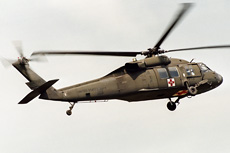
|
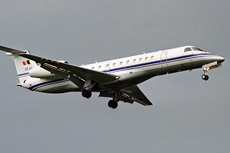
|
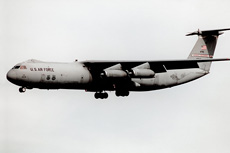
|
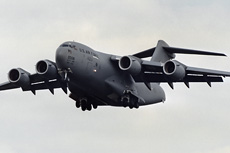
|
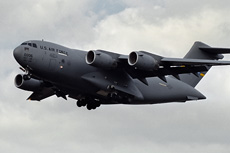
|
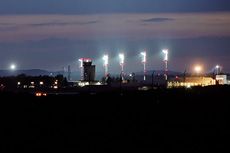
|
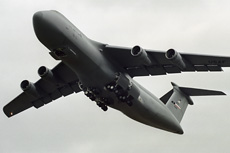
|
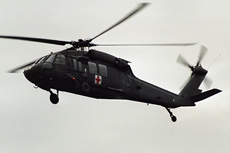
|
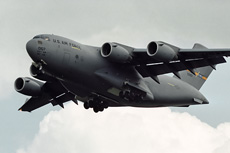
|
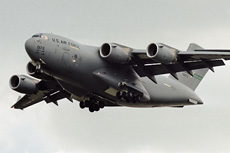
|
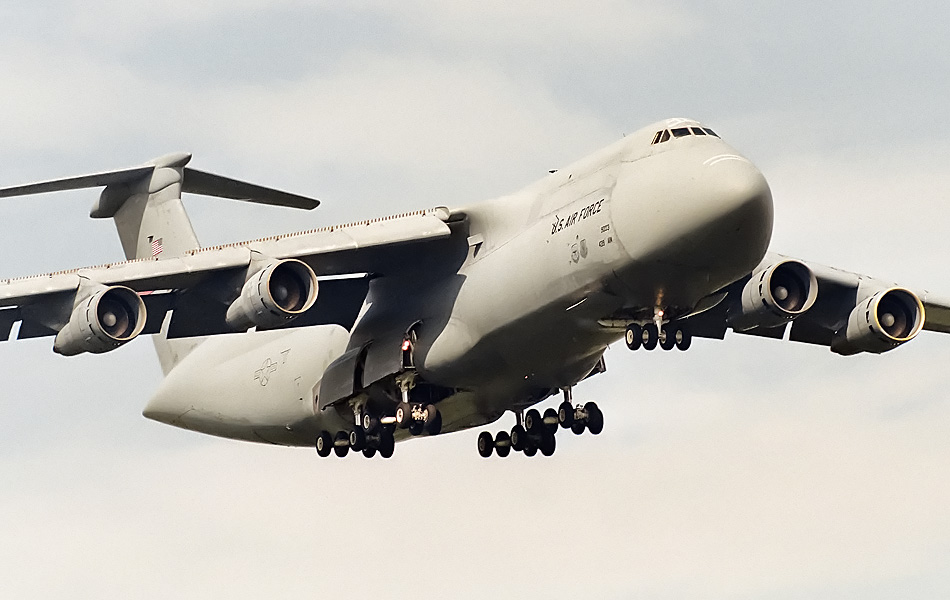
|
|
|

|







